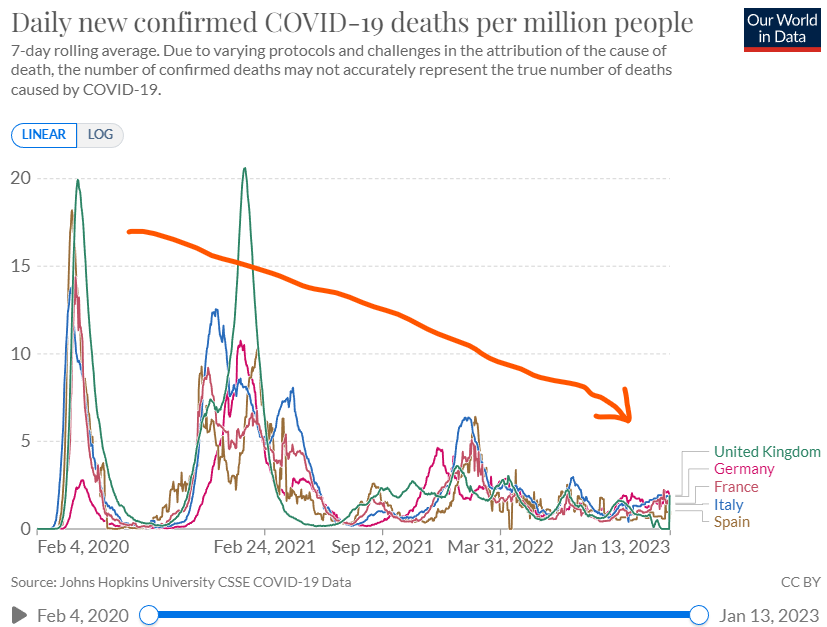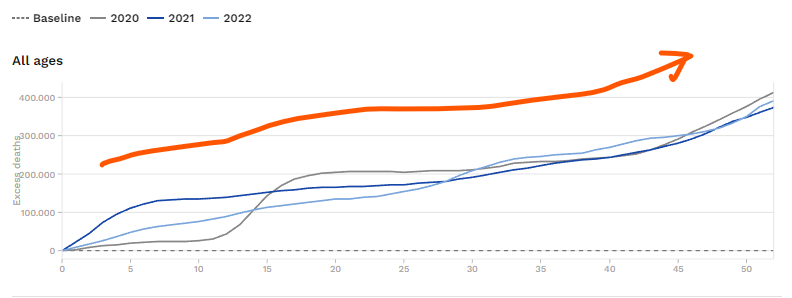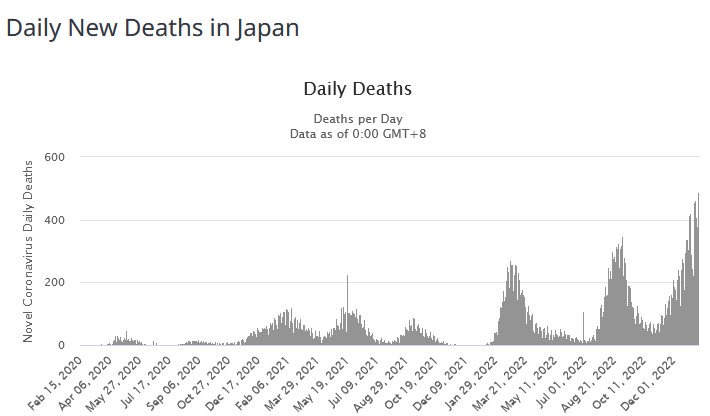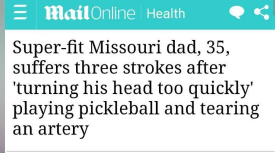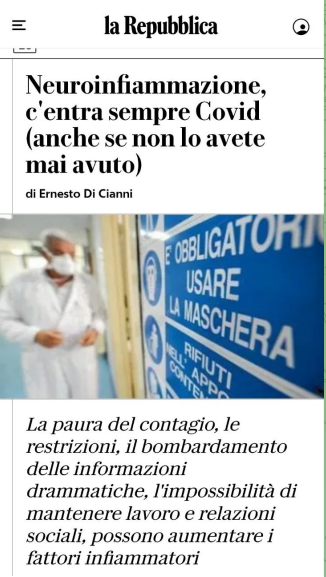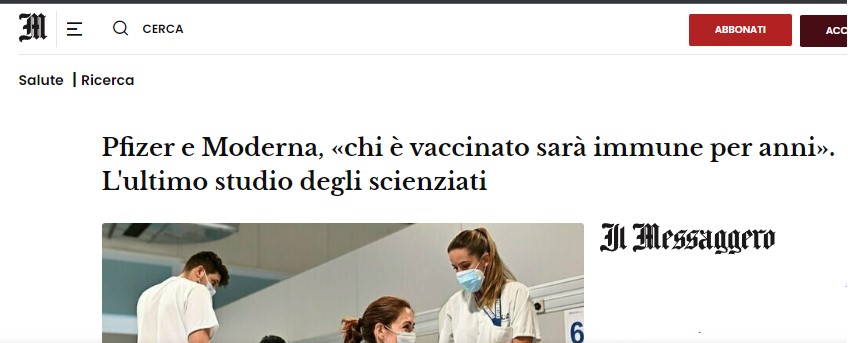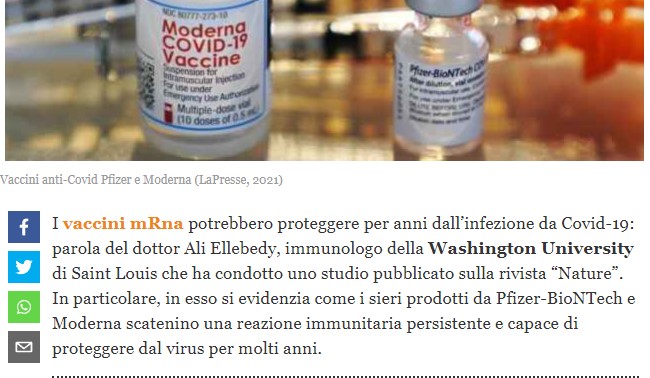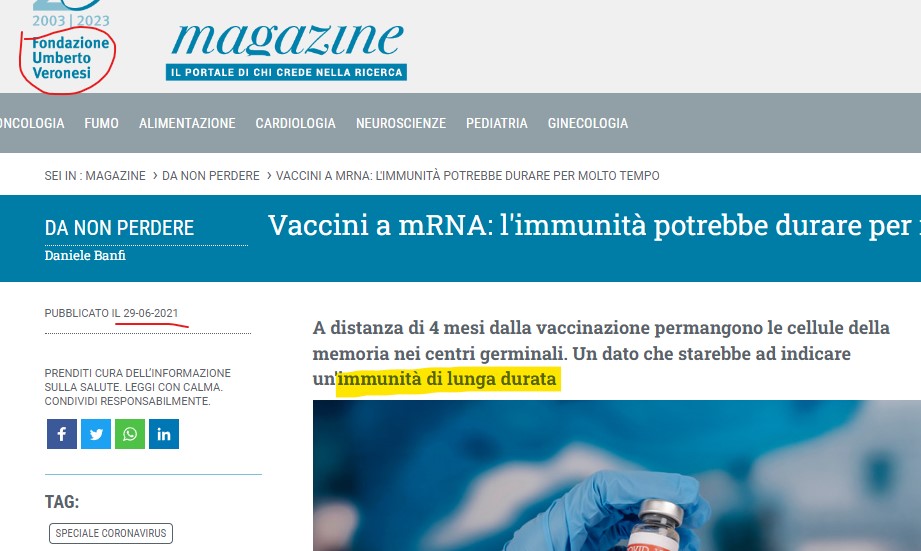la risacca:
The lawsuit (pdf), filed on Tuesday in a federal court in Texas, targets The Washington Post, the British Broadcasting Corp (BBC), The Associated Press (AP), and Reuters—all of which are members of the “Trusted News Initiative (TNI),” a self-described “industry partnership” formed in 2020 among legacy media giants and big tech companies.
The choice we have today is between a complete moratorium on vaccine mandates and some kind of “truth and reconciliation” process to try and earn back the public trust, or something that more closely resembles pitchforks and torches (not to mention guillotines).
Public trust in the Media has seen its biggest drop over the last five years
The health authorities falsely convinced the public that the Covid-19 vaccines stop infection and transmission when the manufacturers never even tested these outcomes. The CDC changed its definition of vaccination to be more ‘inclusive’ of the novel mRNA technology vaccines. Instead of the vaccines being expected to produce immunity, now it was good enough to produce protection.
The authorities also repeated the mantra (at 16:55) of ‘safe and effective’ throughout the pandemic despite emerging evidence of vaccine harm. The FDA refused the full release of documents they had reviewed in 108 days when granting the vaccines emergency use authorisation. Then in response to a Freedom of Information Act request, it attempted to delay their release for up to 75 years. These documents presented evidence of vaccine adverse events. It’s important to note that between 50 and 96 percent of the funding of drug regulatory agencies around the world comes from Big Pharma in the form of grants or user fees. Can we disregard that it’s difficult to bite the hand that feeds you?
The vaccine manufacturers claimed high levels of vaccine efficacy in terms of relative risk reduction (between 67 and 95 percent). They failed, however, to share with the public the more reliable measure of absolute risk reduction that was only around 1 percent, thereby exaggerating the expected benefit of these vaccines.
They also claimed “no serious safety concerns observed” despite their own post-authorisation safety report revealing multiple serious adverse events, some lethal. The manufacturers also failed to publicly address the immune suppression during the two weeks post-vaccination and the rapidly waning vaccine effectiveness that turns negative at 6 months or the increased risk of infection with each additional booster. Lack of transparency about this vital information denied people their right to informed consent.
They also claimed that natural immunity is not protective enough and that hybrid immunity (a combination of natural immunity and vaccination) is required. This false information was necessary to sell remaining stocks of their products in the face of mounting breakthrough cases (infection despite vaccination).
In reality, although natural immunity may not completely prevent future infection with SARS-CoV-2, it is however effective in preventing severe symptoms and deaths. Thus vaccination post-natural infection is not needed.
The WHO also participated in falsely informing the public. It disregarded its own pre-pandemic plans, and denied that lockdowns and masks are ineffective at saving lives and have a net harm on public health. It also promoted mass vaccination in contradiction to the public health principle of ‘interventions based on individual needs.’
It also went as far as excluding natural immunity from its definition of herd immunity and claimed that only vaccines can help reach this end point. This was later reversed under pressure from the scientific community. Again, at least 20 percent of the WHO’s funding comes from Big Pharma and philanthropists invested in pharmaceuticals. Is this a case of he who pays the piper calls the tune?
The Lancet, a respectable medical journal, published a paper claiming that Hydroxychloroquine (HCQ) — a repurposed drug used for the treatment of Covid-19 — was associated with a slight increased risk of death. This led the FDA to ban the use of HCQ to treat Covid-19 patients and the NIH to halt the clinical trials on HCQ as a potential Covid-19 treatment. These were drastic measures taken on the basis of a study that was later retracted due to the emergence of evidence showing that the data used was false.
In another instance, the medical journal Current Problems in Cardiology retracted —without any justification— a paper showing an increased risk of myocarditis in young people following the Covid-19 vaccines, after it was peer-reviewed and published. The authors advocated for the precautionary principle in the vaccination of young people and called for more pharmacovigilance studies to assess the safety of the vaccines. Erasing such findings from the medical literature not only prevents science from taking its natural course, but it also gatekeeps important information from the public.
A similar story took place with Ivermectin, another drug used for the treatment of Covdi-19, this time potentially implicating academia. Andrew Hill stated (at 5:15) that the conclusion of his paper on Ivermectin was influenced by Unitaid which is, coincidentally, the main funder of a new research centre at Hill’s workplace —the University of Liverpool. His meta-analysis showed that Ivermectin reduced mortality with Covid-19 by 75 percent. Instead of supporting Ivermectin use as a Covid-19 treatment, he concluded that further studies were needed.
The suppression of potentially life-saving treatments was instrumental for the emergency use authorization of the Covid-19 vaccines as the absence of a treatment for the disease is a condition for EUA (p.3).
Many media outlets are also guilty of sharing false information. This was in the form of biased reporting, or by accepting to be a platform for public relations (PR) campaigns. PR is an innocuous word for propaganda or the art of sharing information to influence public opinion in the service of special interest groups.
The danger of PR is that it passes for independent journalistic opinion to the untrained eye. PR campaigns aim to sensationalise scientific findings, possibly to increase consumer uptake of a given therapeutic, increase funding for similar research, or to increase stock prices. The pharmaceutical companies spent $6.88 billion on TV advertisements in 2021 in the US alone. Is it possible that this funding influenced media reporting during the Covid-19 pandemic?
Lack of integrity and conflicts of interest have led to an unprecedented institutional false information pandemic. It is up to the public to determine whether the above are instances of mis- or dis-information.

